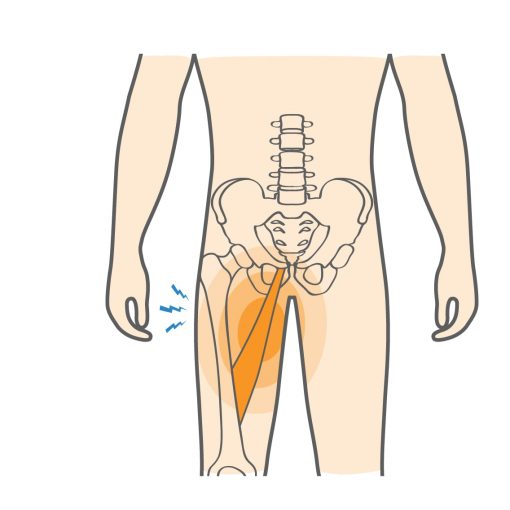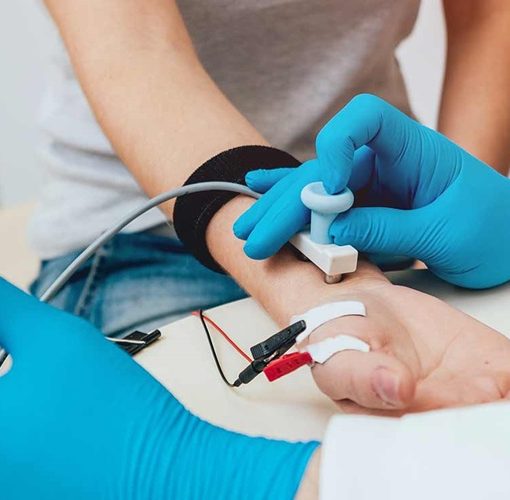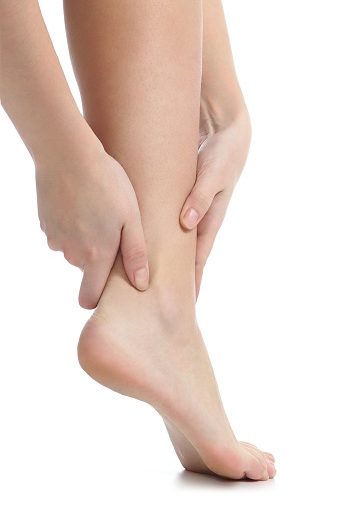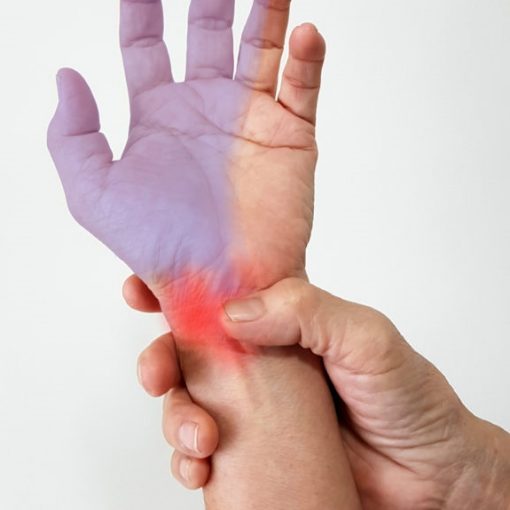Today, due to the many complications of open spinal surgeries, new methods have been developed to treat lumbar and cervical discs, the main purpose of which is to reduce the pressure inside the disc or release adhesions around the nerve. These procedures are called less invasive treatments.
one of these treatments include intradiscal interventions, in which a specialist doctor insert a devices into the disc under the guide of imaging and injects certain substances, such as discogel, corticosteroids, PRP, or ozone into the disc or burns the inside of that space by lasers or radiofrequency waves. The goal of both works is to reduce the pressure inside the disk and the relative return of the disk inwards.
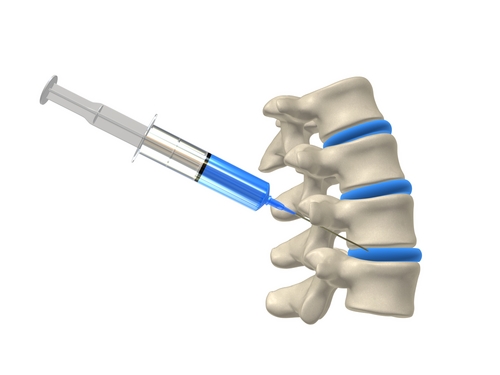
In the same way, the injection device is sent around the nerve roots (epidural or caudal) and special substances such as corticosteroids or volumizing or decomposing substances are injected into the site, which reduces inflammation or adhesions around the nerve roots and improves the person’s function and reduces pain.
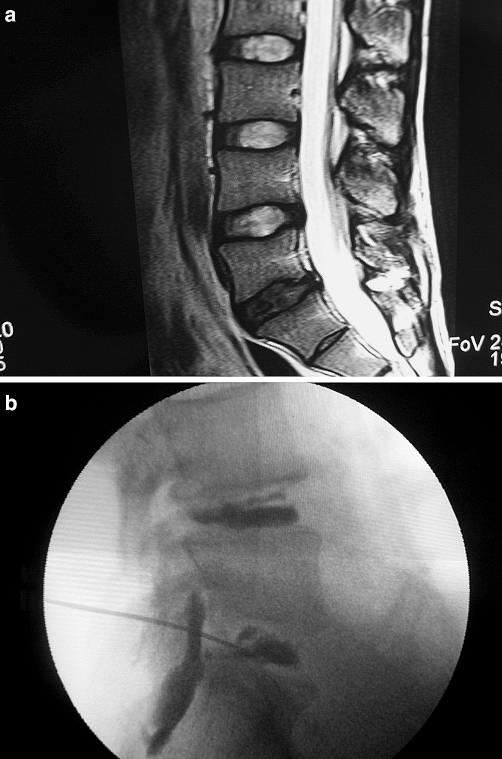
It should be noted that these operations must be performed in equipped centers such as the operating room and accompanied by an anesthesiologist and under visual guides such as fluoroscopy or ultrasound, and if performed correctly, there is no particular complication. Of course, the effect may not be permanent and may need to be repeated.
Another thing is that not every patient is a candidate for these operations and the selection of the patient must be done by a trained specialist who is familiar with this task and carefully, otherwise the desired result will not be achieved.
If you like to see proper exercises for discopathy pain, you can install the Rehabex app from here.
Prepared by the Rehabex team.

